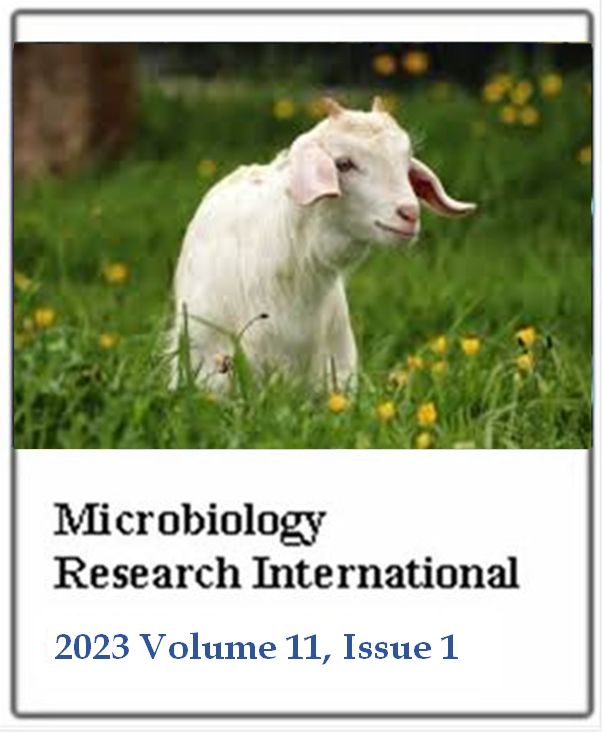Hepatitis E virus and its public health importance: Review
Abde Aliy Mohammed and Walde Abdisa LemuMicrobiology Research International
Published: February 14 2023
Volume 11, Issue 1
Pages 7-16
Abstract
The only member of the genus Herpevirus in the family Herpeviridae is the hepatitis E virus (HEV). It is a single-stranded, spherical RNA virus without an envelope. There is just one serotype of HEV, and there are four known genotypes (1-4). This review's goal is to learn more about the Hepatitis E virus's pathogenesis, epidemiology, transmission, diagnosis, prevention, and control. It is generally regarded as one of the main causes of viral hepatitis worldwide and a serious public health issue in many developing nations, particularly in those where there are displaced populations, because the human-to-human transmission routes involve drinking fecal water contaminated with human waste and living in unhygienic conditions, while in high-income nations it is regarded as a zoonosis spread by eating contaminated food products. Due to certain strains, it is also a serious health concern for expectant mothers, as well as for those with compromised immune systems and organ transplant recipients. Fecal shedding is seen during primary infection with the developing cause of acute hepatitis, the hepatitis E virus (HEV). Pigs raised for domestication are thought to be the main source of HEV-3. Two to nine weeks after HEV exposure, the patient's primary symptoms include myalgia, arthralgia, anorexia, hepatomegaly, fever, weakness, vomiting, and jaundice. Real-time RT-PCR TaqMan assays, which can identify HEV genotypes 1-4 and employ primers from ORF-3, are the most popular method for detecting nucleic acids in human HEV infections. Although there is no specific treatment for HEV infection, patients with chronic hepatitis E include reduction of immunosuppression and administration of pegylated interferon alfa or ribavirin Peginterferon, ribavirin, or a combination of the two agents leads to viral clearance in most patients and a sustained response in a high proportion of patients. Hecolin is currently the only vaccine authorized for the prevention of hepatitis E. It was authorized in China and launched in 2012.
Keywords: Hepatitis E virus (HEV), zoonosis, RT-PCR, pigs, Ribavirin.
Full Text PDF
